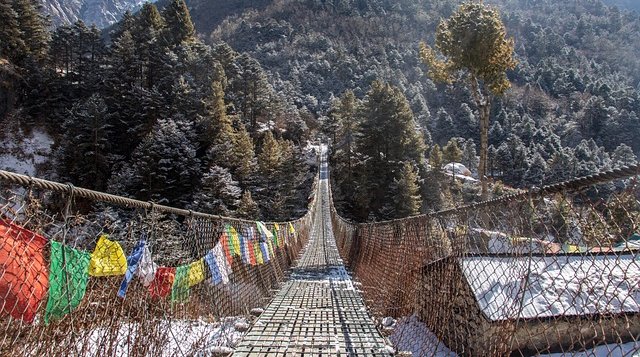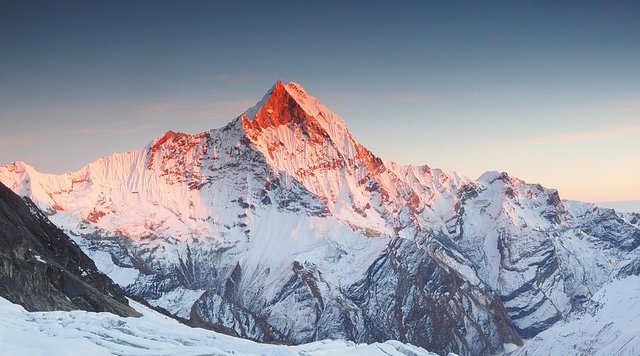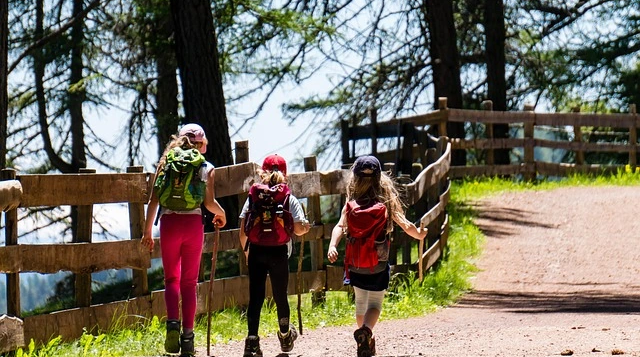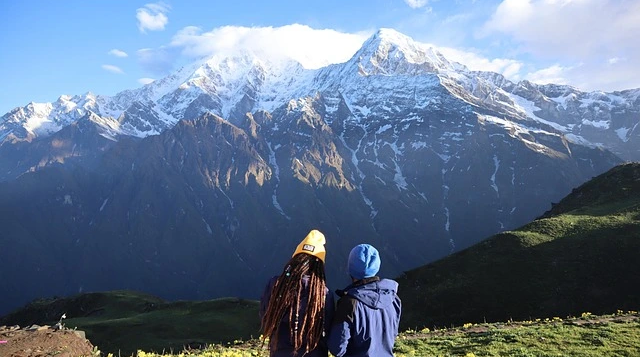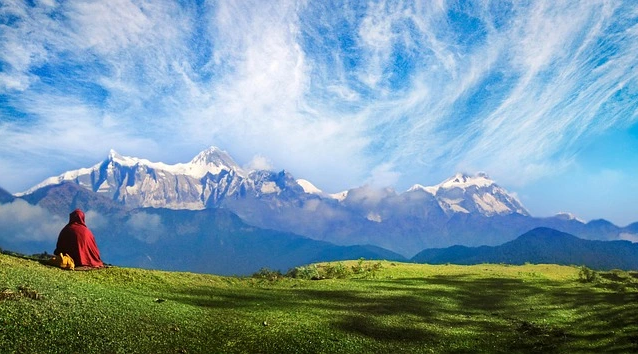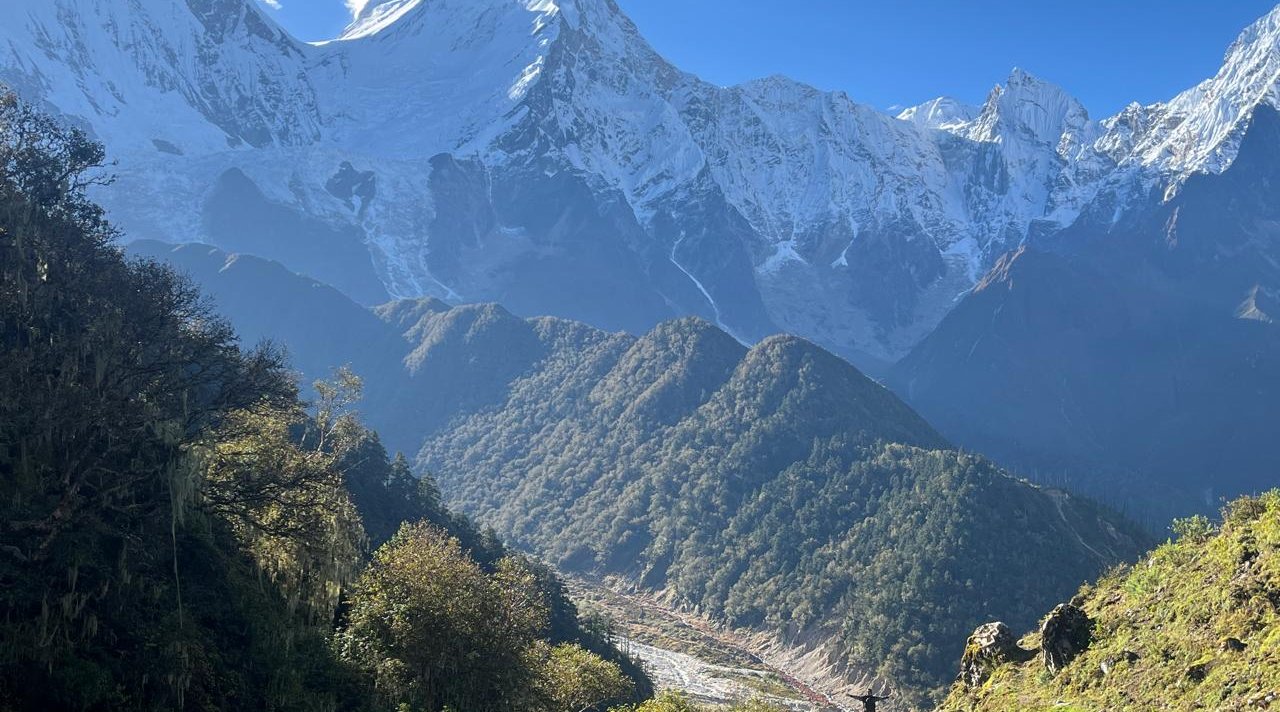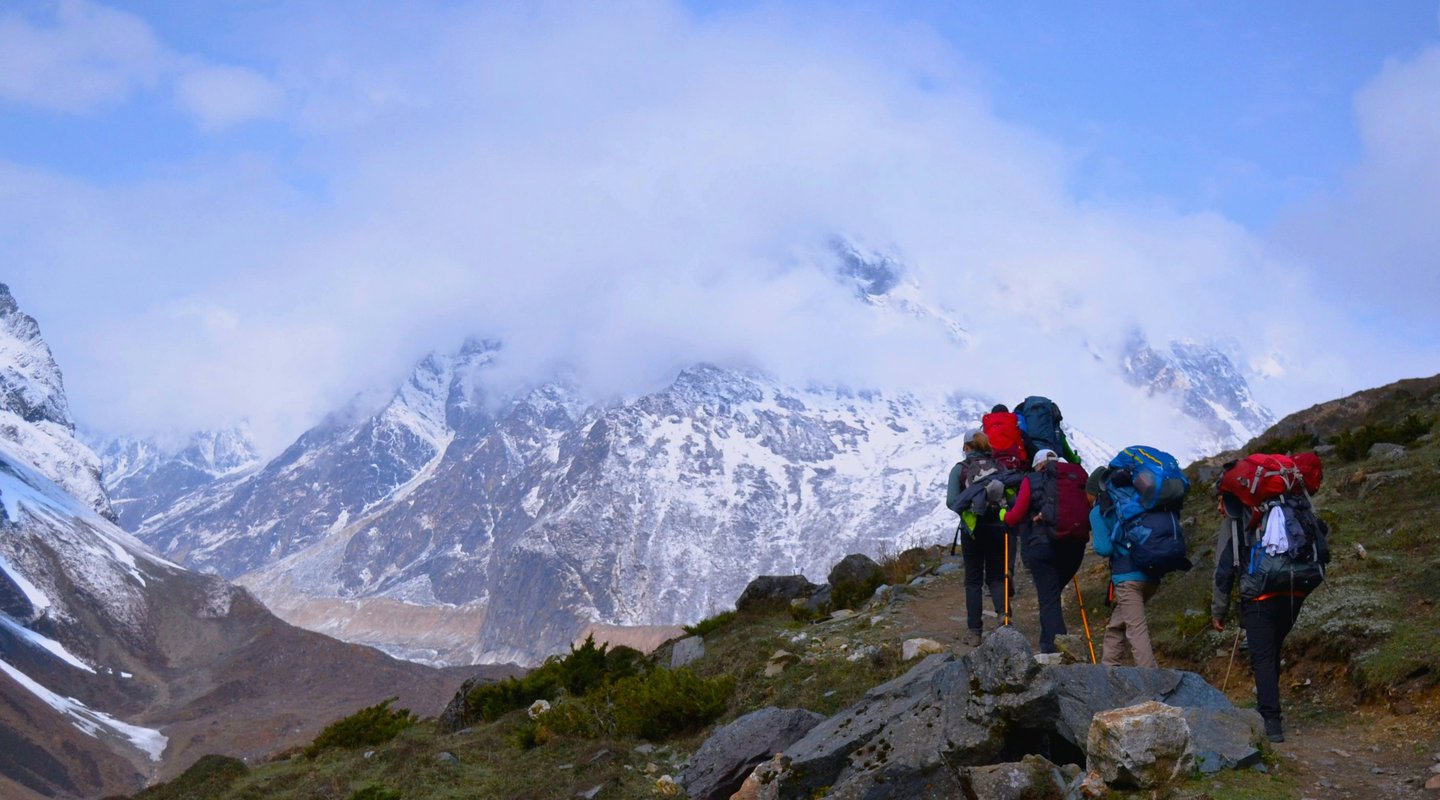Introduction
Have you ever wondered, “Is the Everest Base Camp trek safe?” Imagine trekking through awe‑inspiring landscapes, vibrant Sherpa villages, and towering Himalayan peaks—all while knowing that every step is planned with your safety in mind. In this detailed guide, we’ll walk you through a step‑by‑step preparation process, discuss common risks and required precautions, share real‑life safety stories from experienced trekkers, and answer frequently asked questions. Whether you’re a first‑time trekker or a seasoned adventurer, our smooth and conversational guide will help you confidently plan your journey. Let’s explore how you can safely experience one of the world’s most legendary treks.
The Allure of Everest Base Camp Trekking
The Everest trekking is a bucket‑list adventure that offers breathtaking panoramic views of the world’s highest peaks, cultural immersion with local Sherpas, and the thrill of traversing rugged terrain. Yet, for many, the question remains: Is the Everest Base Camp trek safe? The answer is yes—provided you prepare adequately, follow best practices, and respect the natural environment. With proper planning, the trek transforms from a daunting challenge into a manageable, rewarding adventure that leaves you with lifelong memories.
Understanding the Risks
Before embarking on thishigh‑altitude journey, it’s important to understand the inherent risks so you can mitigate them effectively.
Altitude Sickness
One of the most common concerns is altitude sickness. As you ascend above 3,000 meters (10,000 feet), the oxygen level decreases significantly, which can cause Acute Mountain Sickness (AMS). Symptoms include headaches, nausea, dizziness, and fatigue. In severe cases, AMS can escalate into life‑threatening conditions such as High Altitude Pulmonary Edema (HAPE) or High Altitude Cerebral Edema (HACE). The key to safety is gradual acclimatization and listening to your body.
Harsh Weather Conditions
The Himalayan weather can be unpredictable. Sudden snowstorms, heavy winds, and freezing temperatures are common, especially at higher altitudes. These weather conditions can increase the risk of hypothermia and frostbite. Planning your trek during optimal seasons (spring and autumn) and staying updated with local forecasts are essential steps in reducing weather‑related risks.
Rugged Terrain and Physical Exertion
The trek involves long days of walking on uneven, steep trails, sometimes over suspension bridges and rocky paths. Overexertion, slips, and falls are possible if you’re not physically prepared. Building stamina through regular training and choosing reliable, comfortable trekking gear will help you manage the physical challenges.
Remote Location and Limited Medical Facilities
Everest Base Camp is located in one of the most remote regions on Earth. Medical facilities are scarce, and access can be delayed by harsh terrain or adverse weather. This makes preventive measures—such as proper acclimatization, carrying a first‑aid kit, and having comprehensive travel insurance with emergency evacuation coverage—absolutely critical.
Step-by-Step Safety Preparation Guide
Below is a detailed step‑by‑step guide to help you prepare for the trek while ensuring you maintain high safety standards throughout your journey.
Step 1: Assess Your Physical and Mental Fitness
Before planning your trek, consult a healthcare professional to ensure you’re in good health. High‑altitude trekking places significant demands on your cardiovascular system and endurance. Start training at least two to three months in advance. Incorporate cardio workouts (such as running, cycling, or brisk walking), strength training (focusing on legs and core), and long‑distance hikes to simulate the trek’s challenges. Mental preparation is equally important; familiarize yourself with the idea of slow, steady progress and be prepared to adjust your pace as needed.
Step 2: Research and Plan Your Itinerary
A well‑structured itinerary is key to a safe Everest Base Camp trek. Plan your route to include sufficient acclimatization days—typically at locations like Namche Bazaar and Dingboche. Follow the “trek high, sleep low” principle to help your body adjust to the reduced oxygen levels. Make sure your itinerary also includes buffer days for unexpected delays (such as flight cancellations from Lukla) and emergency rest.
Step 3: Choose the Right Season and Local Trek Operator
Timing matters when answering the question, “Is the Everest Base Camp trek safe?” The best times to trek are during spring (March to May) and autumn (September to November) when the weather is more stable and clear. Avoid the monsoon season, when trails are muddy and landslides are common. In addition, select a reputable local trekking company with experienced guides and positive reviews. A knowledgeable guide not only leads you safely through the terrain but also helps you respond effectively to emergencies.
Step 4: Invest in Quality Trekking Gear
Proper gear is a cornerstone of trek safety. Invest in:
- Trekking Boots: Well‑broken‑in boots with excellent grip and ankle support.
- Clothing: Layered clothing that includes moisture‑wicking base layers, an insulating layer (like fleece or down), and a waterproof outer layer.
- Backpack: A comfortable, lightweight pack with proper support and space for essentials.
- Additional Gear: Trekking poles, a headlamp, a first‑aid kit, and a water purification system. Testing your gear on local hikes before the trek is a great way to ensure everything functions as it should.
Step 5: Learn and Practice Emergency Procedures
Familiarize yourself with the signs of altitude sickness and other common trekking emergencies. Know the steps to take if you or a companion begin to experience symptoms:
- Monitor Symptoms: Use a portable pulse oximeter to track your oxygen saturation.
- Descend if Necessary: If symptoms worsen, do not hesitate to descend immediately.
- Communication: Ensure you have a means of communication, such as a satellite phone or a fully charged mobile device with local SIM coverage.
- First-Aid Training: Basic first‑aid skills can make a crucial difference during an emergency. Consider taking a short course before your trek.
Real-Life Safety Stories from Experienced Trekkers
A Close Call with Altitude Sickness
One experienced trekker recalled feeling the early symptoms of AMS—mild headache, nausea, and lightheadedness—while ascending from Namche Bazaar. Thanks to a well‑planned acclimatization schedule and the timely advice of his guide, he took an extra rest day. By descending to a lower altitude for a day and resuming his ascent gradually, he managed to recover and complete the trek safely. His story highlights the importance of not ignoring early warning signs.
Battling Harsh Weather Conditions
Another trekker described how a sudden snowstorm caught his group off guard near Dingboche. With visibility dropping rapidly, the guide advised everyone to take shelter in a teahouse and wait out the storm. The group used the extra time to rest, hydrate, and reassess their equipment. Once the weather improved, they continued their journey with renewed energy and caution. This incident underscores the value of flexible itineraries and trusting your guide’s expertise.
The Critical Role of a Trusted Guide
A first‑time trekker initially felt anxious about trekking in the high Himalayas alone. However, after joining a group managed by a reputable trekking company, she experienced firsthand the reassurance provided by an expert guide. When one member of the group began showing signs of severe altitude sickness, the guide swiftly organized an immediate descent and coordinated an emergency response. This incident not only prevented a potential tragedy but also reinforced her confidence in the safety protocols established by the trekking team.
FAQs: Is the Everest Base Camp Trek Safe?
Q1: Is the Everest Base Camp trek safe?
A1: Yes, the Everest Base Camp trek is safe when you follow proper preparation, acclimatization, and safety protocols. With adequate planning and guidance, most trekkers successfully complete the journey without incident.
Q2: What are the main risks on the trek?
A2: The primary risks include altitude sickness, unpredictable weather, rugged terrain, overexertion, and the remote location with limited medical facilities. Each of these risks can be managed with proper preparation and caution.
Q3: How can I prevent altitude sickness?
A3: Preventing altitude sickness involves gradual ascent with rest days for acclimatization, staying well-hydrated, consuming a balanced diet, and considering preventative medication (such as Diamox) after consulting with a doctor. Always listen to your body and be ready to descend if symptoms worsen.
Q4: Do I need a guide for the trek?
A4: While some experienced trekkers may opt for independent trekking, beginners are strongly advised to hire a reputable guide. An experienced guide helps navigate the terrain, manages emergencies, and ensures that the group follows a safe pace and itinerary.
Q5: What should I do in case of an emergency?
A5: In an emergency, immediately inform your guide. If you experience severe altitude sickness or injury, the safest action is to descend to a lower altitude. Carry a well-stocked first-aid kit and ensure that you have access to communication tools (such as a satellite phone) for contacting emergency services if needed.
Q6: How important is physical fitness for this trek?
A6: Physical fitness is critical for the Everest Base Camp trek. You should start training well in advance, focusing on endurance, strength, and cardiovascular fitness. Being in good shape reduces the risk of overexertion and helps you manage the challenging terrain and high altitudes.
Conclusion
So, is the Everest Base Camp trek safe? With careful planning, proper acclimatization, quality gear, and the support of experienced guides, it absolutely can be. The journey is as much about mental and physical preparation as it is about enjoying the majestic beauty of the Himalayas. By following our step‑by‑step guide, heeding real-life safety stories, and keeping informed through our FAQs, you can embark on this adventure with confidence and peace of mind.
Ready to make your dream trek a reality? Join Himalayan Hero Adventure today and let our expert team guide you safely through the enchanting landscapes of Nepal. Embrace the journey, secure your safety, and experience the Himalayas like never before!
Contact our expert team to customize your perfect Everest Base Camp experience:

